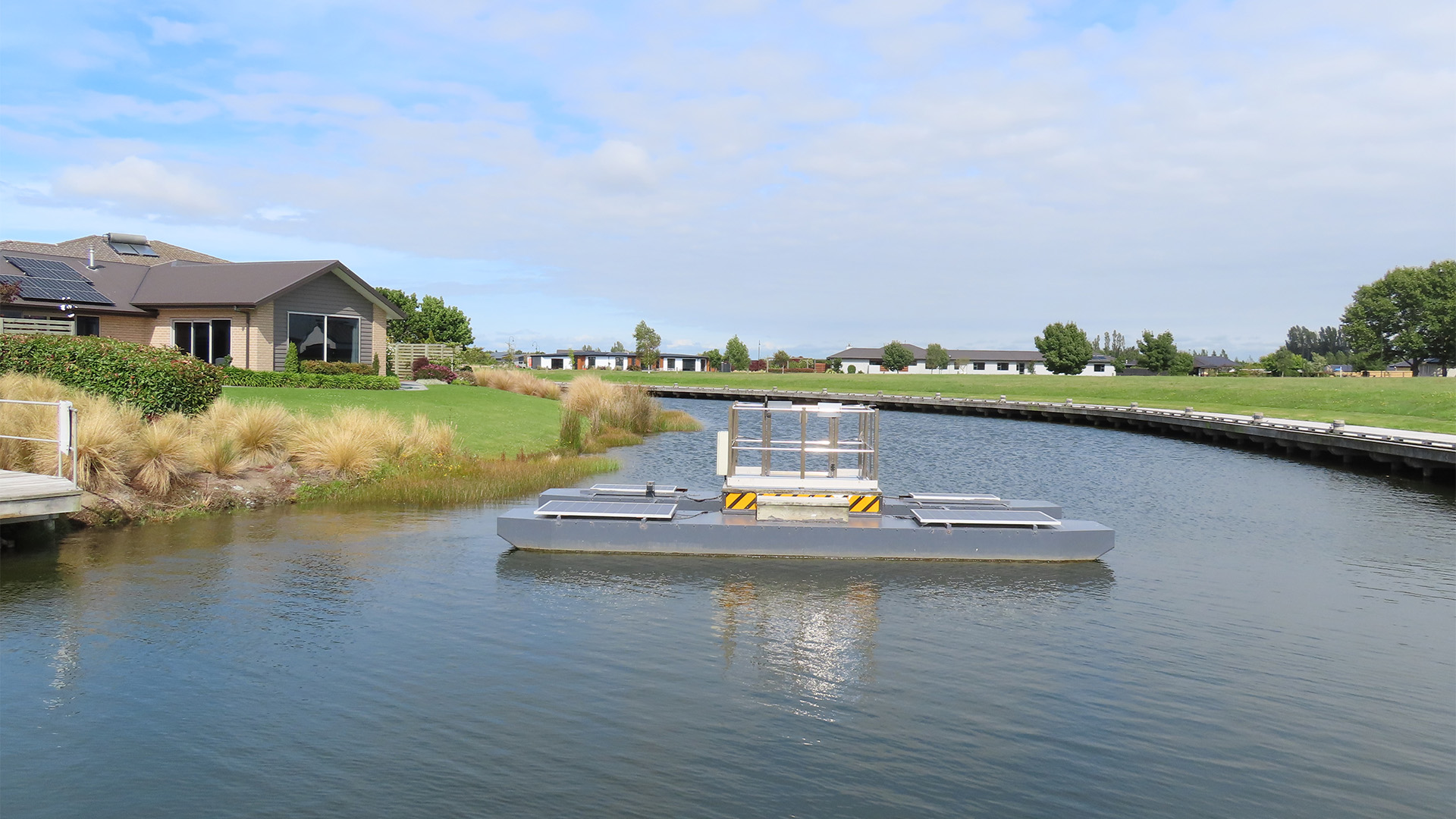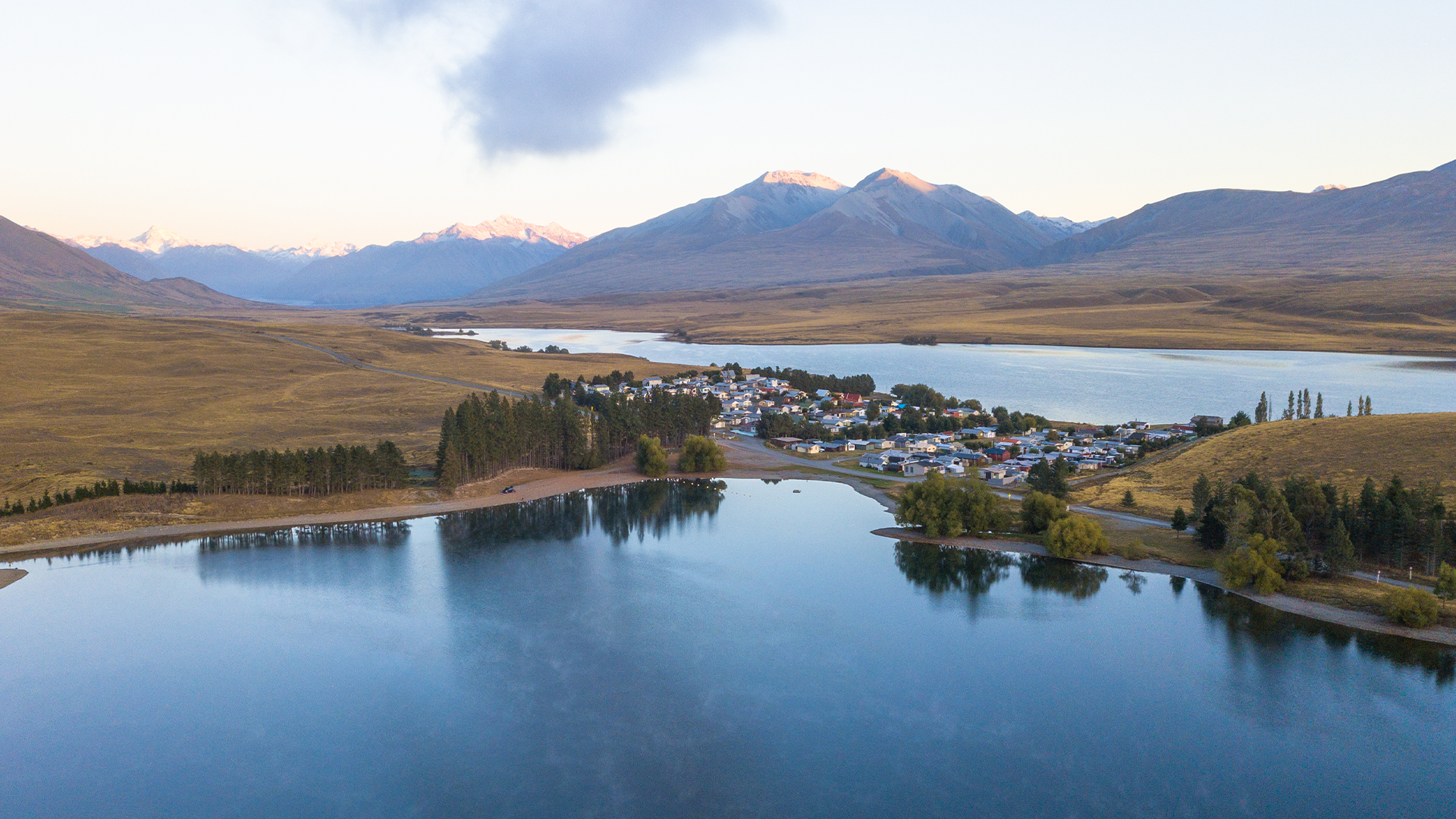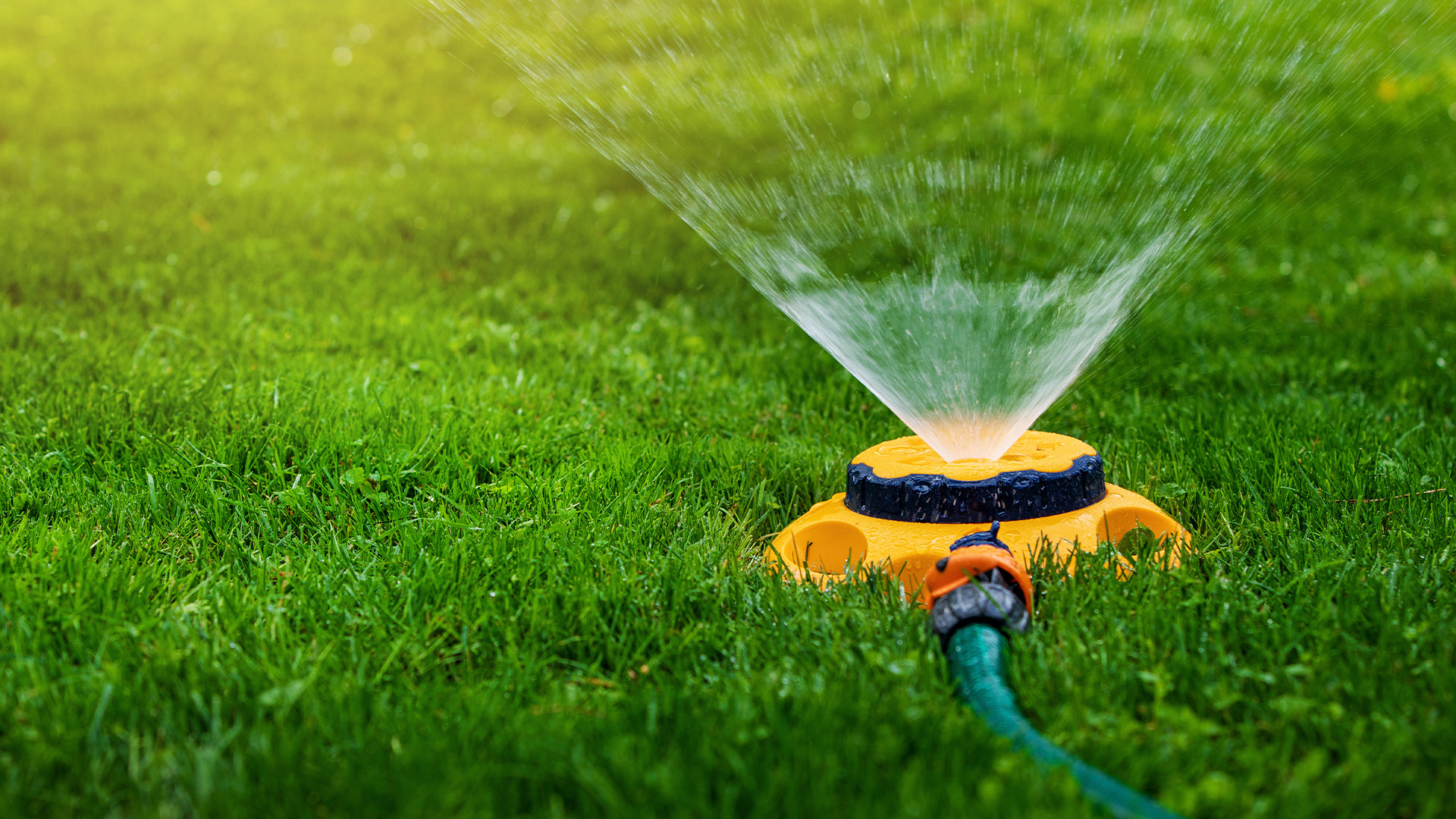Lake Hood water quality update: 15 August 2025

15 August 2025
Council officers are continuing to meet with scientists to understand what drives algal blooms at Lake Hood, as they plan for the coming summer.
Volunteers have also offered to help with water sampling and maintaining monitoring equipment as part of a big effort to gather information about the lake and lake bed.
Group Manager of Infrastructure and Open Spaces Neil McCann said cyanobacteria expert Professor Susie Wood, Aidin Jabbari from NIWA and university students from Lincoln University will be assisting Council to gather information for a hydrodynamic model of the lake, and undertak-ing a trial of equipment and products that might slow the algal growth over summer.
“The more we learn about the particular species of cyanobacteria in Lake Hood, and how it thrives, the more we believe the solution to Lake Hood’s water quality is way more than increased water flow and circulation.
“We had a significant amount of water this past summer, far exceeding previous year’s volumes, and most of the water was directed around the north western canals for the first time, and the cyanobacteria still bloomed. This suggests there is far more to mitigating the cyanobacteria bloom than increasing the amount of water and creating more circulation, which is why we have engaged experts in the cyanobacteria field.”
Last summer, 17 million cubic metres of water flowed through the lake, 80 per cent of it via the extension and canals. The average flow over the previous five years was approximately 7 million cubic metres, and ranged from 5.3 to 10.9 million cubic meters.
“We have learnt there are many different species of cyanobacteria which behave quite differently depending on the particular environments they grow in,” Mr McCann said.
“We need to understand more about the species we have in Lake Hood and what sort of nutrients or conditions drive them. That will help determine how best we can mitigate the blooms.”
Monitoring is expected to start next month and the data will help create a base line of lake conditions before water temperature increases.
The hydrodynamic model will simulate water circulation patterns, which are key to understanding how nutrients enter the lake and where they settle and accumulate, which then contribute to the algae blooms.
Mr McCann said Council officers were meeting fortnightly with the scientists to plan work.
“And we’re delighted that some of the lake residents have also volunteered to support the monitoring regime by offering to regularly clean and check equipment we will have in the water, as well as assisting with water sampling.
“It was good to attend the annual meeting of the Huntington Park Property Owners Association recently and give them an update on the work that has been happening in the background, and it was equally important that they also heard directly from Professor Wood.”
Both presentations to the Huntington Park Property Owners Association are available to the public:
Stay up to date with news from Lake Hood by signing up for regular email newsletters.
Share this article
Latest News
Your guide to a rainy day in Mid Canterbury
Explore the wonder of Ashburton Lakes
Campaign pitches Mid Canterbury as NZ's most undiscovered destination
Summer calls for family adventures in Mid Canterbury
Council services over the 2025-26 holiday period
Road Closures
ELIZABETH AVENUE (RAKAIA)
from 19 Jan 7:00 to 27 Feb 18:00
SPAXTON STREET - LILLEY PLACE - MACPHAIL PLACE
from 5 Jan 6:00 to 27 Feb 18:00
CHALMERS AVENUE
from 5 Jan 6:00 to 30 Jan 18:00
THOMPSONS TRACK
from 13 Jan 6:00 to 27 Jan 20:00
RACECOURSE ROAD (ONE-WAY)
from 19 Jan 19:00 to 21 Jan 6:00
View all Road Closures | Live map







